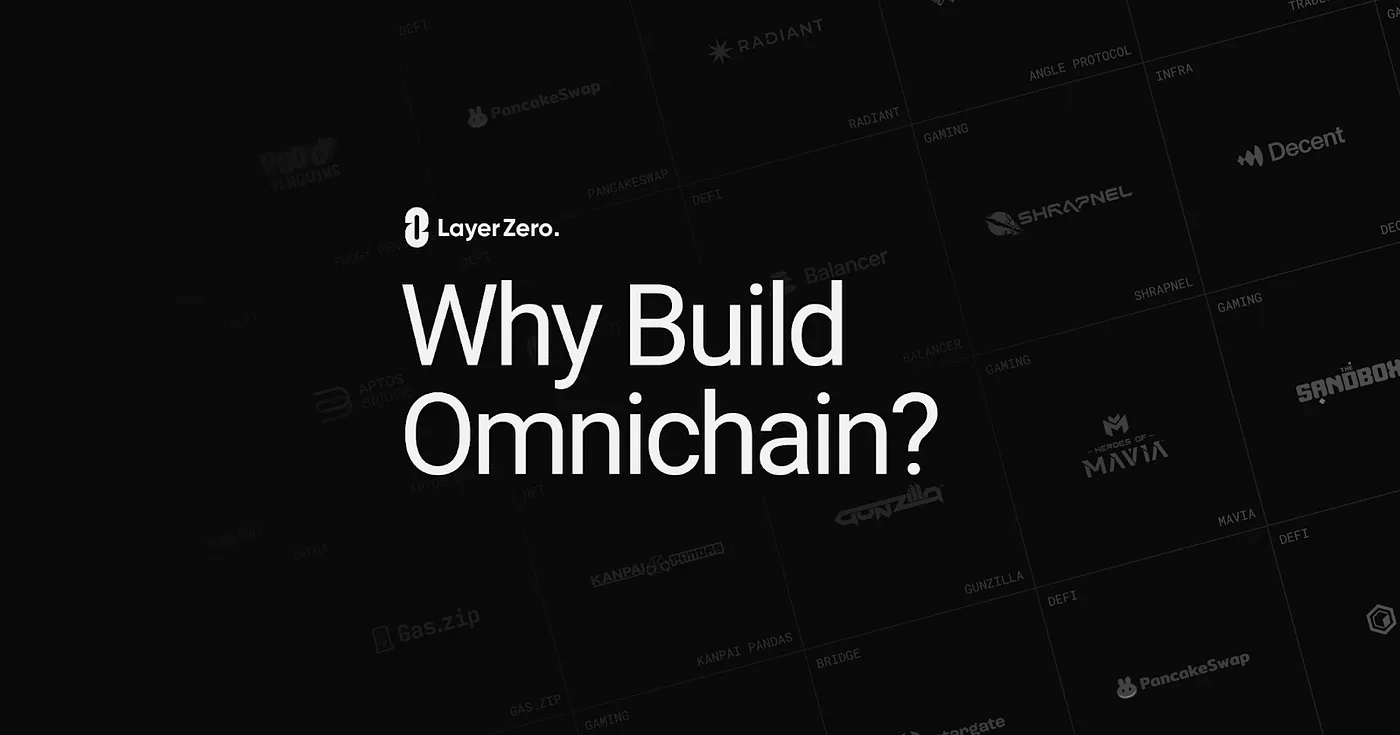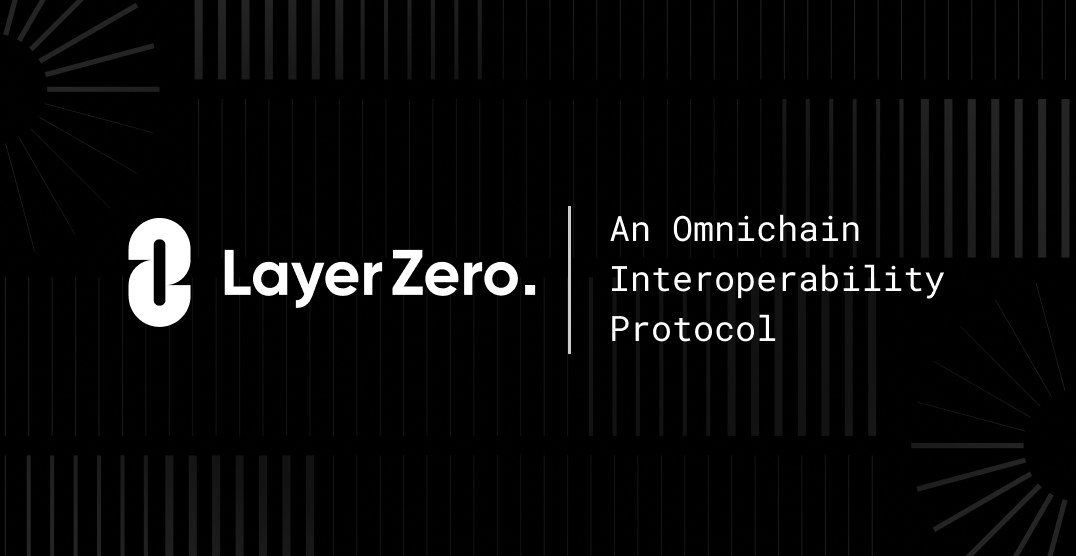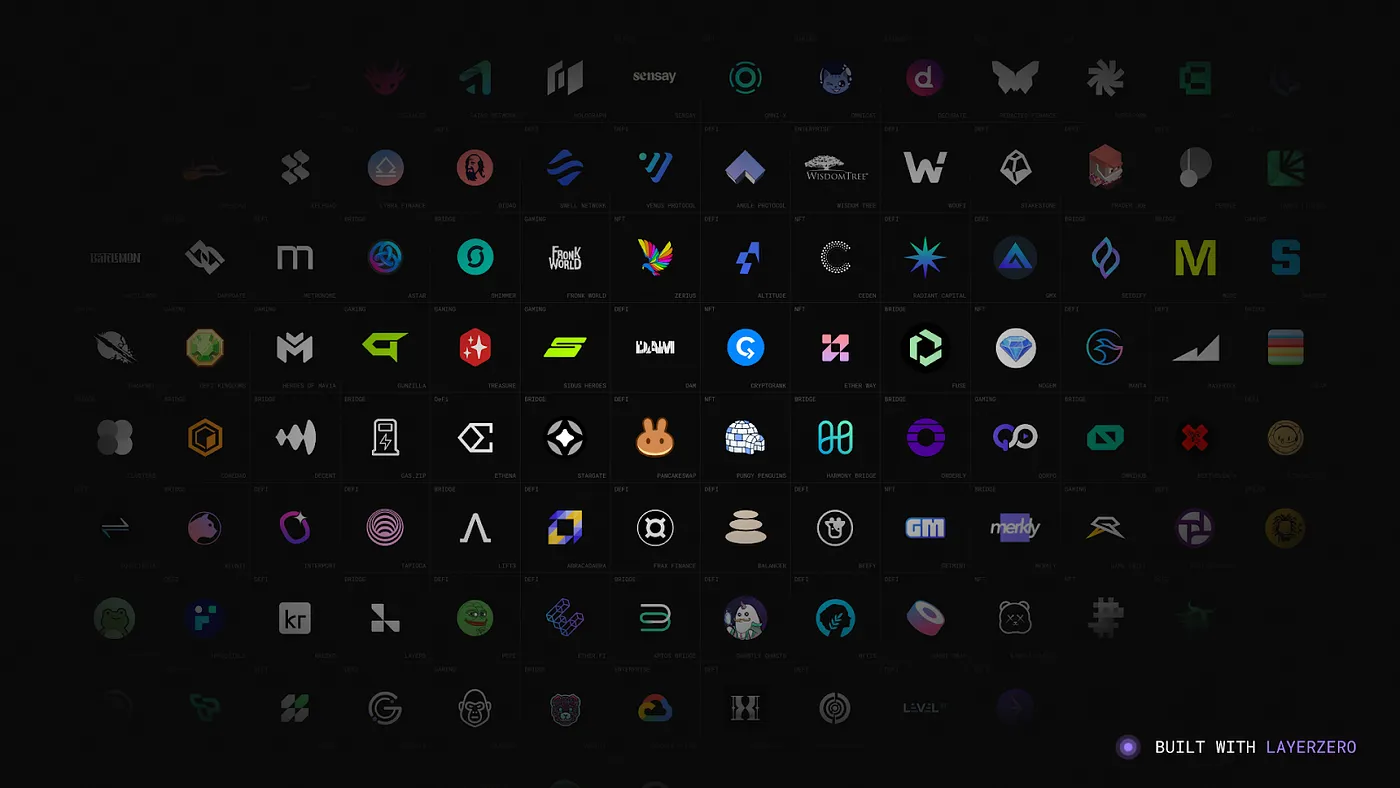Omnichain — Connecting Blockchains
Blockchains offer unique propositions to developers for building on their tech. Some prioritize scalability, some boast high liquidity and advanced tech, while others provide a substantial user base and support through builder grants.
Yet in just a few years, today’s cutting-edge solutions might be replaced by the next big thing.
So, how do you choose? The answer might be that you don’t. Instead, you build Omnichain.
With an omnichain approach, you’re not betting on the future of any single blockchain. Instead, you’re creating a solution that taps into the best of each chain — positioning your product to grow and adapt across the entire ecosystem as it evolves.
Introduction
Blockchains have long promised to decentralize and interconnect the digital world, yet we’re still far from that vision. Most blockchains today operate in silos, limiting user interactions to their isolated ecosystems. If blockchain is to thrive, interoperability is a must.
Several solutions have been attempted to break these silos. Cross-chain technologies, such as bridges, connect separate blockchains, while multi-chain solutions, like Polkadot and Cosmos, link networks with similar technologies. Both approaches aim for the same end goal: enabling data transfer and interoperability between chains. Yet, they each face critical limitations. It’s like each solution has its own set of problems to solve — a never-ending maze.
Cross-Chain Challenges
Cross-chain technology, primarily through bridges, has been a go-to for interoperability. While bridges allow assets and data to move between networks, they’re not without risk. Bridges are a weak point — prone to exploits and hacks that have already resulted in major security breaches, like the Wormhole bridge hack. These vulnerabilities stem from complex designs and, in many cases (trusted bridges), a degree of centralization that raises trust concerns. This leaves cross-chain tech only partially effective, as it can jeopardize the security and decentralization that make blockchain valuable.
Multi-Chain Solutions and Their Limits
On the other hand, multi-chain frameworks like Polkadot and Cosmos have built ecosystems where networks can interact with each other within the same architecture. Even though powerful within their realms, they still encounter limitations when connecting with chains outside their frameworks. The communication across ecosystems resorts back to using bridges inheriting the same underlying security and interoperability issues.
From a user’s perspective, interacting with multiple chains can be a headache. Think about it: users are expected to navigate different blockchains, handle various gas tokens, and juggle features and latencies. It’s complex, and the more blockchains they interact with, the more cumbersome the experience becomes.
Then, there’s the question of composability. A protocol on one chain might not easily translate to another. For DeFi and Web3 apps to scale, these need to work fluidly across chains rather than remain fragmented. With over 100 million blockchain users expected in the coming years, creating a seamless user experience is crucial, and Omnichain interoperability is essential to achieving it.
Omnichain Development
The push for Omnichain development is no longer just a theoretical concept; it’s becoming a practical necessity. In 2023, 34% of developers worked across more than one blockchain, with 8.2% deploying smart contracts on five or more chains*. This shift highlights a clear trend: developers are increasingly targeting new user bases and offering users the choice to select their preferred chain.
Instead of bridging the gap as a patchwork solution, an Omnichain design builds connections directly into the protocol’s fabric. It is meant to overcome the pitfalls of existing cross-chain and multi-chain solutions while offering greater resilience, flexibility, and a seamless user experience.
Several protocols are working toward omnichain interoperability, including Axelar, Wormhole, LayerZero, and CCIP. In this piece, we’ll focus on LayerZero alone.
LayerZero envisions a global ledger — a setup where developers can work with uniform contract standards across different chains. By deploying contracts through LayerZero’s endpoints, developers can initiate cross-chain communication without the need to re-engineer the code for each chain. This uniformity helps simplify the development process, providing a consistent foundation across LayerZero-supported chains.
To learn more about Layerzero’s architecture and operational structure, read our medium article linked here.
Adaptability is a cornerstone when building in a fast-evolving space like blockchain, and LayerZero is built with this in mind. While its foundational architecture is solid (immutable smart contracts), it offers configurable layers to ensure relevance, allowing developers to avoid constraints that could turn obsolete over time.
A quick look through Rekt reveals a troubling pattern: bridge attacks have become all too common. One high-profile example is the Ronin Network bridge, which lost around $12 million (2 months ago) due to a critical oversight during a contract upgrade. These incidents highlight the need for immutability in contract design — something LayerZero is built to provide. By maintaining immutable contracts, LayerZero reduces the risk of vulnerabilities, creating a secure foundation for cross-chain interactions.
Another standout feature is LayerZero’s tailored approach to security. Recognizing that different applications require different levels of protection, LayerZero’s adaptable framework lets developers select the right level of security for specific needs. This balance between flexibility and robustness makes LayerZero flexible and future-proof.
LayerZero is designed around three core principles — immutability, censorship resistance, and permissionless access — to embody the vision of an open, resilient digital economy. Each component is crafted to support secure, unalterable, and barrier-free blockchain interaction. Without these three, the protocol is subject to corruption which is why LayerZero is built to adapt, extend, and stand the test of time.
Build Ominchain on LayerZero
LayerZero provides devs with a universal toolkit so they can focus more on building unique features and less on adapting code for cross-chain compatibility
- Unified semantics enable a token or app built with LayerZero to behave the same way on all supported blockchains (97 and counting)
- Developers don’t need to rewrite or adapt code for the app to work on a new blockchain
The standards offered by LayerZero include -
Omnichain Application (OApp): A standard interface to send and receive data between blockchains. Simplifies scaling by removing the need for custom integration for new chains.
Omnichain Fungible Token (OFT): An ERC20-compatible token that can move across blockchains without asset wrapping or intermediaries.
Omnichain Non-Fungible Token (ONFT): An ERC721-compatible token that enables the transfer of NFTs across LayerZero supported blockchains.
With benefits like future-proofing, technical ease, and access to wider user bases, omnichain applications are designed to remain adaptable in an evolving ecosystem.
LayerZero’s adoption metrics underscore this shift. Since its launch in 2022, LayerZero has integrated with 97 blockchains and enabled:
- 135+ million omnichain messages across chains,
- 300+ teams to launch omnichain protocols, tokens, and data primitives,
- $60+ billion in omnichain tokens moved across LayerZero-powered bridges,
- $300+ million in omnichain NFTs minted and secured via the ONFT Standard,
- $40+ billion in assets leverage the OFT Standard to transfer across chains.
Source
* https://www.youtube.com/watch?v=_LzKbdONCzQ&t=1165s
If you find this helpful, please support us by subscribing/ following.
Everythingblockchain — Freethinkers, Writers ✍, Blockchain explorers 🔭
In pursuit of simplifying the different blocks of the chain metaverse
Socials
Twitter, Youtube, Substack
The information provided through this work is intended solely for educational purposes and must not be treated as investment advice. Any lapses in presenting any of the information correctly are ours alone. We disclaim any liability associated with the use of this content.
















![[ℕ𝕖𝕧𝕖𝕣] 𝕊𝕖𝕝𝕝 𝕐𝕠𝕦𝕣 𝔹𝕚𝕥𝕔𝕠𝕚𝕟 - I Think I Have Crypto PTSD](https://cdn.bulbapp.io/frontend/images/819e7cdb-b6d8-4508-8a8d-7f1106719ecd/1)





























